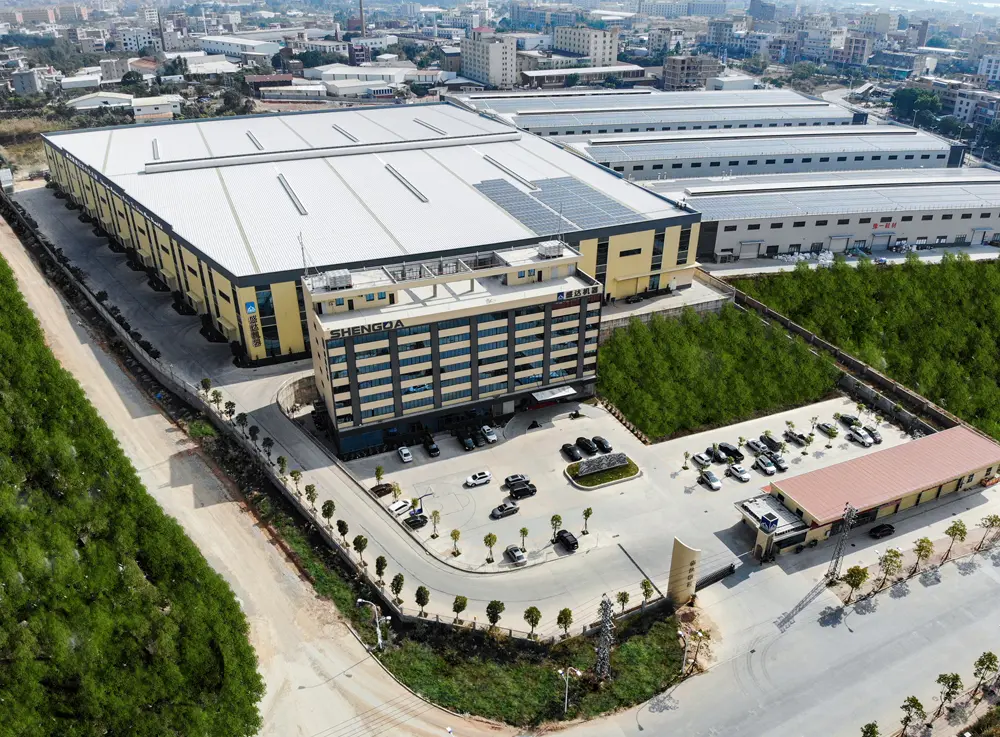I. Workflow of Green Sand Molding Machine
Raw Material Processing
New sand requires drying treatment (moisture controlled below 2%)
Used sand needs crushing, magnetic separation, and cooling (to about 25°C)
Harder stone materials are preferred, typically initially crushed using jaw crushers or cone crushers
Sand Mixing
Mixing equipment includes wheel-type, pendulum-type, blade-type, or rotor-type mixers
Mixing process points:
Add sand and water first, then bentonite (can reduce mixing time by 1/3-1/4)
Control water addition to 75% of total required water for wet mixing
Add supplemental water until compactness or moisture content meets standards
Mold Preparation
Fill prepared sand into molds
Mechanically compact to form molds (can be manual or machine molding)
Machine molding is suitable for mass production, improving efficiency and casting precision
Pre-Pouring Treatment
Mold assembly: Combine sand molds and cores into complete molds
No drying required before pouring (characteristic of green sand)
Post-Processing
Cool castings to appropriate temperature after pouring
Shakeout: Remove sand and core sand
Cleaning: Remove gates, risers, surface sand, and burrs
II. Operation and Maintenance Guide
1. Standard Operating Procedures
Pre-startup Checks
Verify that the vortex chamber observation door is securely closed
Confirm impeller rotation direction should be counterclockwise
Check all instrument readings and oil circuits
Run unloaded for 1-2 minutes before feeding
Shutdown Procedures
Continue operation until material is fully discharged after stopping feed
Check all safety conditions before powering off
Clean all machine parts and complete shift logs
2. Daily Maintenance
Regular Inspections
Check internal wear conditions per shift
Inspect drive belt tension for even force distribution
Verify safety devices are functional
Lubrication Maintenance
Use Mobil automotive grease, add every 400 operating hours
Clean spindle after 2000 operating hours
Replace bearings after 7200 operating hours
Wear Parts Maintenance
Rotor maintenance: Insert head into upper/lower disc holes, secure inner/outer rings with bolts
Hammer maintenance: Reverse when worn, maintain proper distance from strike plate
Plate hammer maintenance: Rotate positions regularly
3. Common Fault Handling
| Symptom | Possible Cause | Solution |
| Unstable operation | Severe wear of impeller parts
Excessive feed size Blockage in impeller flow |
Replace worn parts
Control feed size Clear blockage |
| Abnormal noise | Loose bolts, liners, or impeller | Tighten all components |
| Bearing overheating | Dust ingress
Bearing failure Lack of lubrication |
Clean contaminants
Replace bearing Lubricate properly |
| Increased output size | Loose belt
Excessive feed size Improper impeller speed |
Adjust belt tension
Control feed size Regulate impeller speed |
| Seal damage/oil leakage | Shaft sleeve rubbing
Seal wear |
Replace seals |
4. Safety Regulations
Personnel Requirements
Operators must be trained and certified
Designated operators only
Wear proper PPE (hairnets for female workers)
Operation Safety
Notify all personnel before startup
Never reach into moving parts
Stop immediately for abnormal noises
Maintenance Safety
Power off before troubleshooting
Use warning tags during internal repairs
Never remove safety guards or modify wiring
Environmental Safety
Keep work area clean and clear
Ensure proper ventilation and lighting
Maintain functional fire extinguishers
Quanzhou Juneng Machinery Co.,Ltd. is a subsidiary of Shengda Machinery Co.,Ltd. specializing in casting equipment.A high-tech R&D enterprise that has long been engaged in the development and production of casting equipment, automatic molding machines,and casting assembly lines.
If you need a Green Sand Molding Machine, you can contact us through the following contact information:
Sales Manager : zoe
E-mail : zoe@junengmachine.com
Telephone : +86 13030998585
Post time: Sep-12-2025

